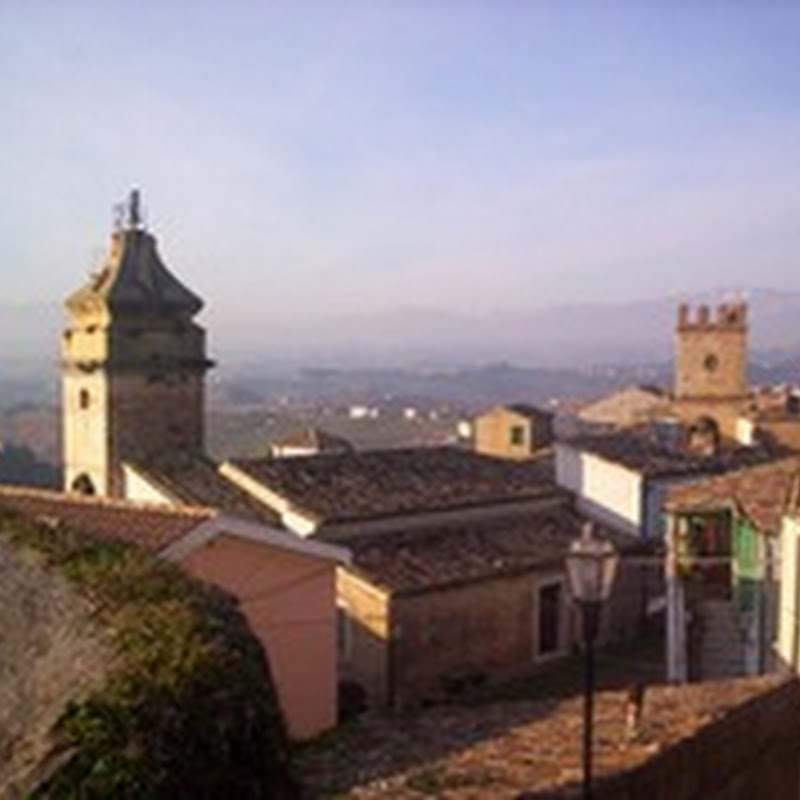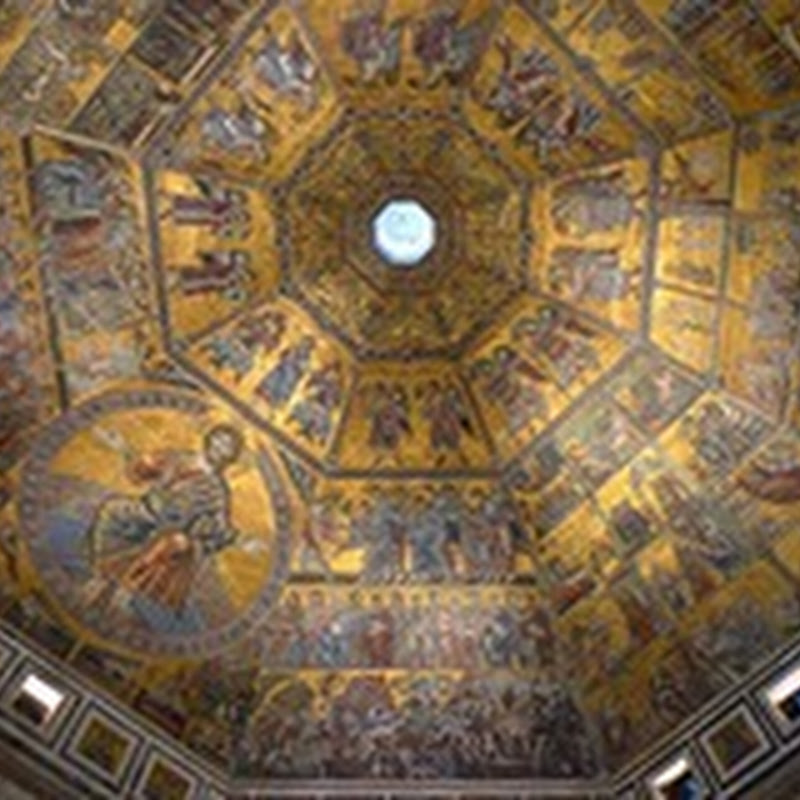
 The Sassi di Matera (meaning "stones of Matera") are prehistoric cave dwellings in the Italian city of Matera, Basilicata. Situated in the old town, they are composed of the Sasso Caveoso and the later Sasso Barisano.
The Sassi di Matera (meaning "stones of Matera") are prehistoric cave dwellings in the Italian city of Matera, Basilicata. Situated in the old town, they are composed of the Sasso Caveoso and the later Sasso Barisano.Matera has gained international fame for its "Sassi". The Sassi originate from a prehistoric (troglodyte) settlement, and are suspected to be some of the first human settlements in Italy
Matera was developed by its inhabitants over the centuries in a manner that is now called "Spontaneous Architecture" due to the way the city conforms to the natural environment while revealing many very sophisticated and elegant styles. This form of architecture strikes the attention of visitors arriving in the city, as it creates a surreal landscape reminiscent of the emotions stirred before certain modern abstract paintings.
Amidst the rocks of Matera, Byzantine churches carved into the rock are adorned with religious paintings on ancient walls eroded by time. Before these unique churches one feels transfixed in a place where time seems to have stopped - in sacred time.
Although Matera is not as famous from an archaeological point of view as Pompeii, Agrigento or Pozzuoli, it has such unique and suggestive environmental characteristics that it remains one of the most admired cities in Italy - and indeed, the world.
The Sassi are houses dug into the tufa rock itself, which is characteristic of Basilicata and Puglia. Many of these "houses" are really only caverns, and the streets in some parts of the Sassi often are located on the rooftops of other houses. The ancient town grew in height on one slope of the ravine created by a river that is now a small stream. The ravine is known locally as "la Gravina".
In the 1950s, the government of Italy forcefully relocated most of the population of the Sassi to areas of the developing modern city. However, people continued to live in the Sassi, and according to the English Fodor's guide:
“ Matera is the only place in the world where people can boast to be still living in the same houses of their ancestors of 9,000 years ago. ”
The best season to visit Matera is between the months of May and July. The weather is still beautiful and chaos of Italian mass tourism in August has not yet peaked. If you do not wish to be led around by a local guide (some of whom speak English and can help you to discover unknown sites in the ancient city), you can purchase a typical tourist guide book or get useful information from many Internet resources.

Custom Search
If you liked this article, subscribe to the feed by clicking the image below to keep informed about new contents of the blog:






















0 commenti:
Post a Comment